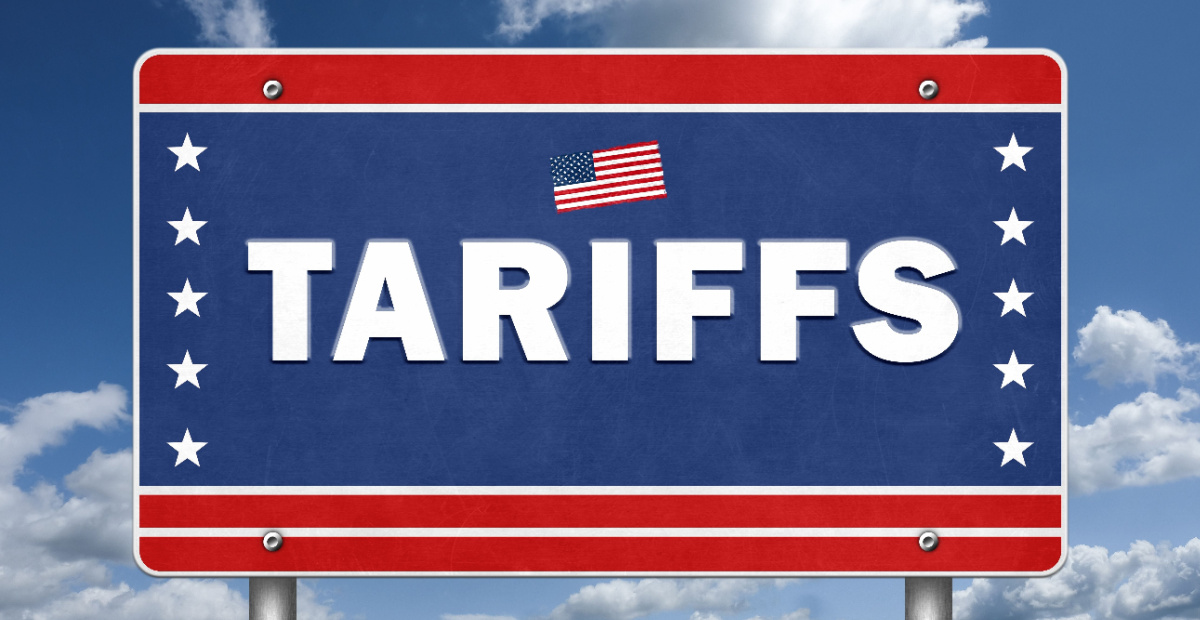
Investors should not get too sanguine about US tariffs-induced volatility in circumstances where another round of announcements are being flagged, according to the chief executive of UK-based financial advisory ad investment house, deVere Group, Nigel Green.
Green closed out last week warning that the White House appeared to have reloaded what amounts to “one of the most disruptive economic weapons of recent years”, referring to reports Trump has confirmed he will impose new unilateral tariffs rates witin the next fortnight.
Green said that while markets had adjusted swiftly to the president’s ‘Liberation Day’ announcements, “risk is back in charge”.
“This is a stark reminder that geopolitics—not earnings, not data—can still set the tone for capital markets,” he said. “We’re seeing trade policy used again as a blunt-force economic instrument. That has consequences for every asset class.”
He noted that the announcement came just as investors were positioning around signs of improved US-China dialogue.
“That window of optimism has slammed shut. The US appears ready to act unilaterally and without warning, reviving the kind of tariff volatility that previously roiled global supply chains and distorted capital flows.
“The timing is deliberate,” says Nigel Green. “This isn’t negotiation—it’s escalation. And it forces institutional capital to reprice geopolitical risk across the board.”
Markets responded quickly. Technology, industrials and autos sold off. The dollar retreated. Gold and Treasuries caught strong inflows. The moves were broad, and calculated.
This wasn’t a delayed reaction. The capital rotation had already begun as the direction of policy became clearer.
“Investors are moving fast and with intent,” says Green. “Now it’s about reinforcing positions, not chasing headlines. Exposure needs to be calibrated to a live policy environment, not a stable one.”
The implications go far beyond trade. This shift reintroduces unpredictability into US economic policy at a moment when global confidence was just beginning to stabilise. The concern is not only the tariffs themselves—but the message they send about how the world’s largest economy intends to engage with its peers.
Central banks now face additional complexity. The rate-cutting cycle may clash with supply-side inflation created by tariffs, particularly in commodities, freight, and intermediate goods.
“There’s no clean policy response to politically driven inflation,” Green explains. “That’s why this move carries disproportionate weight. It doesn’t just affect prices—it erodes clarity.”